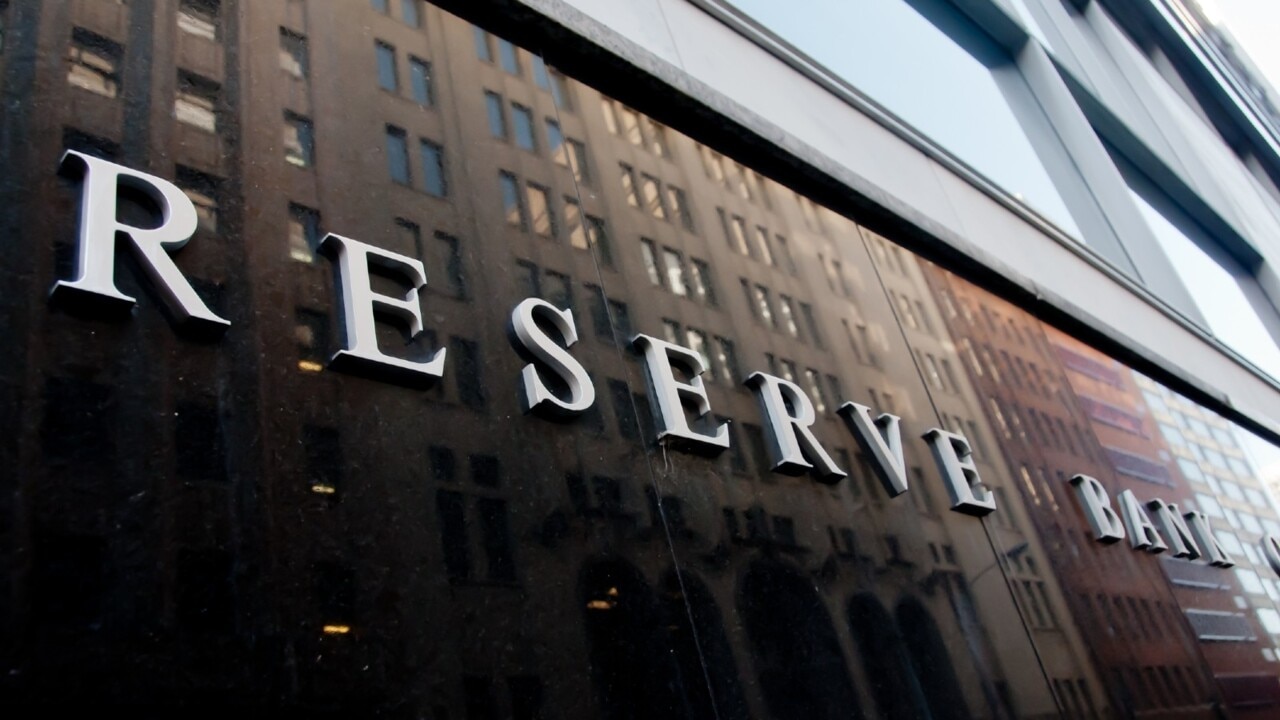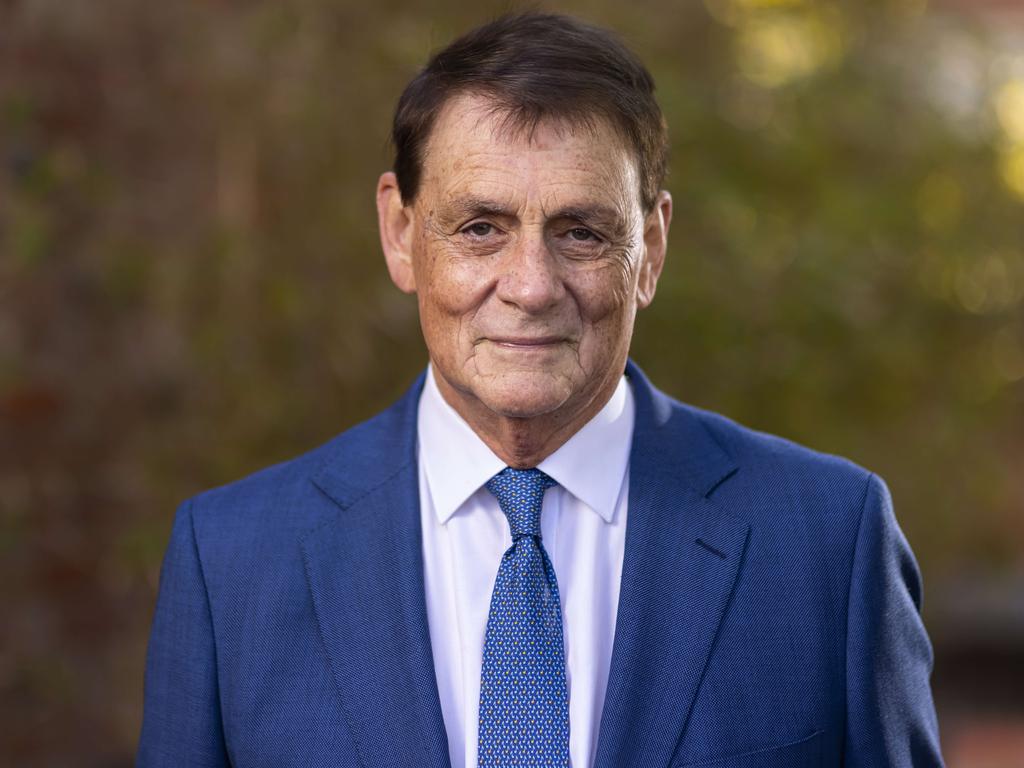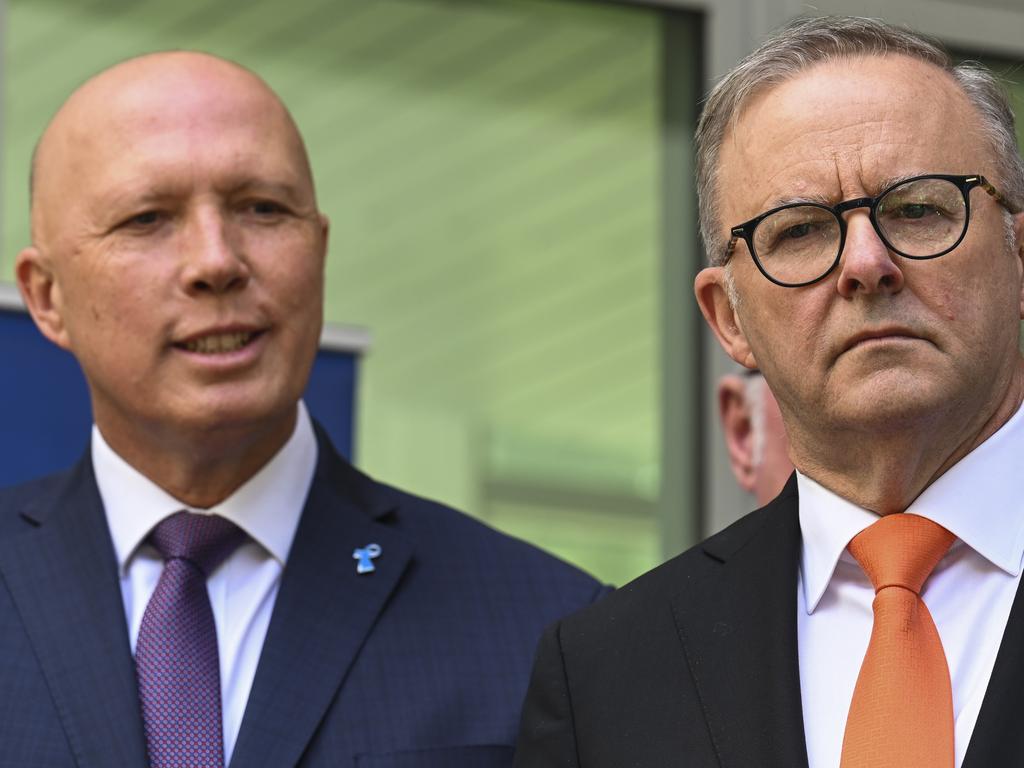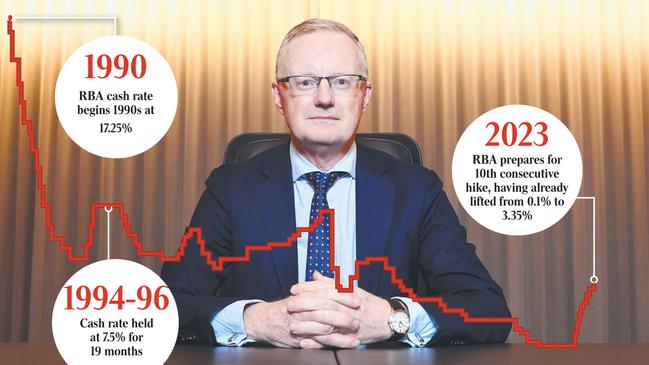
Those urging the Reserve Bank to hold fire at Tuesday’s meeting, instead of delivering the almost inevitable rate rise from 3.35 per cent to 3.6 per cent are wrong.
The RBA has to keep going, for two reasons.
The first is obvious: inflation is still way too high.
The second reason is much less obvious.
You might think workers’ real wages are falling at their fastest pace in history.
Yet even after factoring in last year’s 30-year high in inflation, the average employee’s income is still up since the start of the pandemic, not down.
It explains why households have shaken off the cost of living “crisis” and the most aggressive series of rate rises in a generation to keep on spending through 2022 and into the new year.
Using the commonly cited wage price index and adjusting for the change in the consumer price index, employees are getting paid 5 per cent less than they were in December 2019.
This is the story the unions and the Greens have seized on – a crushing fall in real incomes.
But it’s not the real story.
The real story – at least so far – is of surprising household resilience to a once-in-a-generation inflationary surge.
Using a wider measure of pay – the average compensation per employee in the national accounts – and adjusting it by a more realistic measure of inflation that better reflects what people are actually spending money on, known as the implicit price deflator – employees are earning 1.4 per cent more than pre-pandemic. Now that’s not much of a real pay rise but it is certainly not the collapse in living standards we keep reading about.
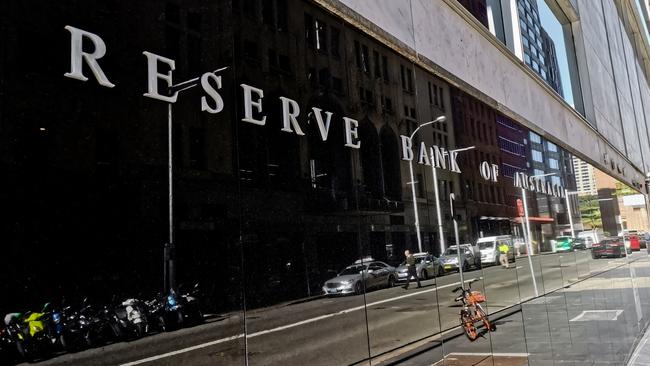
The average compensation measure is useful because it reflects what people are actually earning, rather than the change in the rates of pay for a specific set of jobs – which is what the WPI does.
It also better reflects the positive impact of a booming labour market: Australians getting better jobs, winning promotion, switching between employers, picking up more hours, taking a second job.
ANZ senior economist Catherine Birch said looking at average earnings was “more reflective of what’s going on with household incomes”, and the improvement in average earnings had made Australians more resilient to the challenges of high inflation and climbing rates.
“People don’t focus enough on the good things, such as record participation rates and low underemployment,” she said.
The hundreds of billions of dollars in extra savings have been credited with helping to prop up spending over the past 12-18 months but solid increases in earnings thanks to the tightest labour market in 50 years has to be taken into account.
Averages can hide a variety of evils, and not every worker will have enjoyed the fruits of the lowest unemployment rates since the 1970s. And there’s no political capital to be made by telling Australians they are doing better than they think. With a tenth straight rate hike looming, it was cost of living – and not Labor’s super changes – that dominated question time on Monday.
Jim Chalmers said “Australians are under the pump and when interest rates go up, it does make life that bit harder”.
But with real incomes holding up better than the headlines suggest or politicians will admit, the RBA board will need to hit mortgage holders even harder in coming months.
More Coverage
